Projects
This journey has taught me how story, struggle, and strategy can help us rise—together—for the animals.
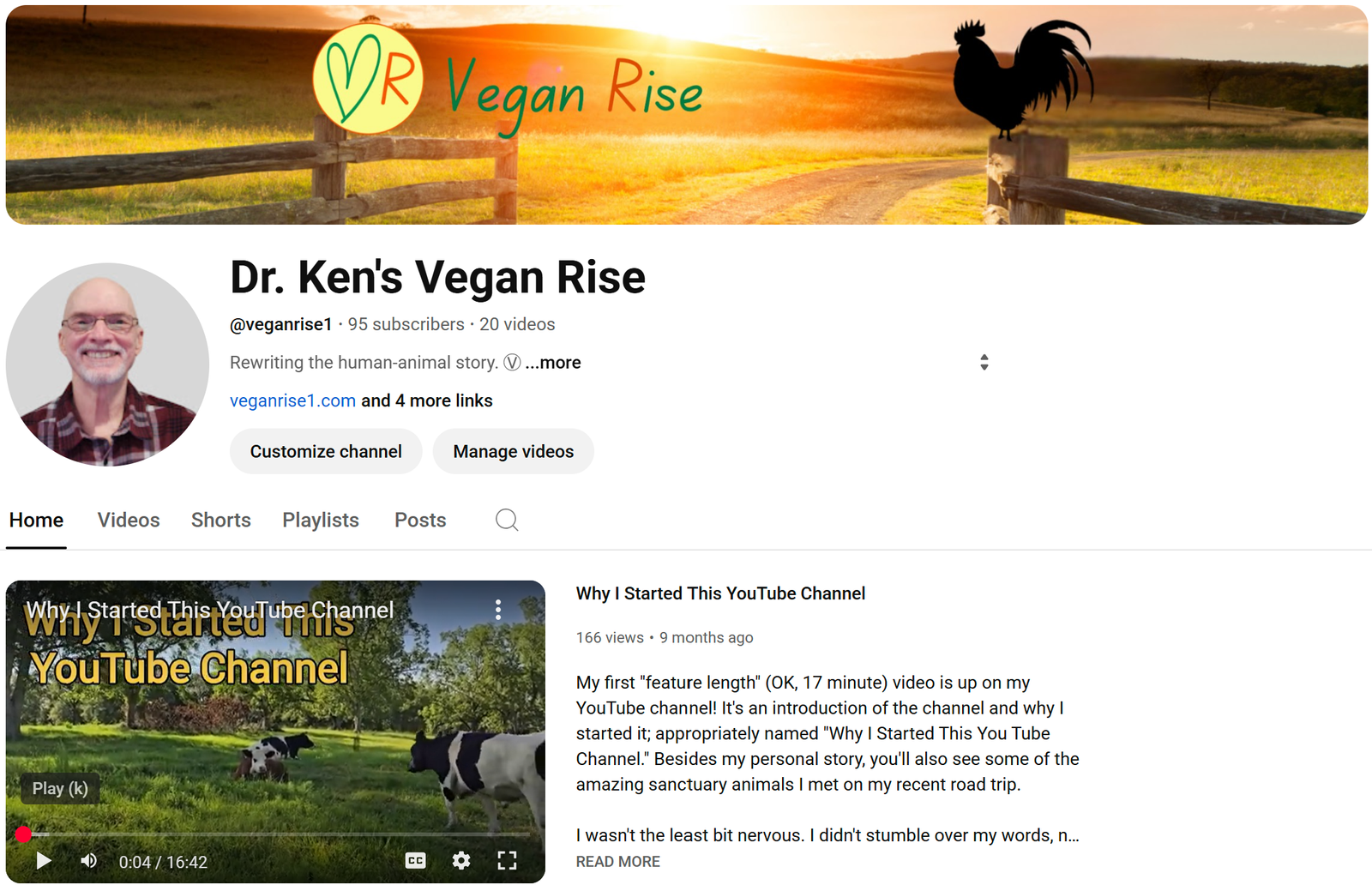
My YouTube Channel: This is where I stepped into the work by telling the stories that moved me. Over time, I began using AI to apply more of what I already knew — refining each message with deeper intention.
In addition to my academic studies and career experience, below are a few of the projects that have become the foundation of Vegan Rise One.
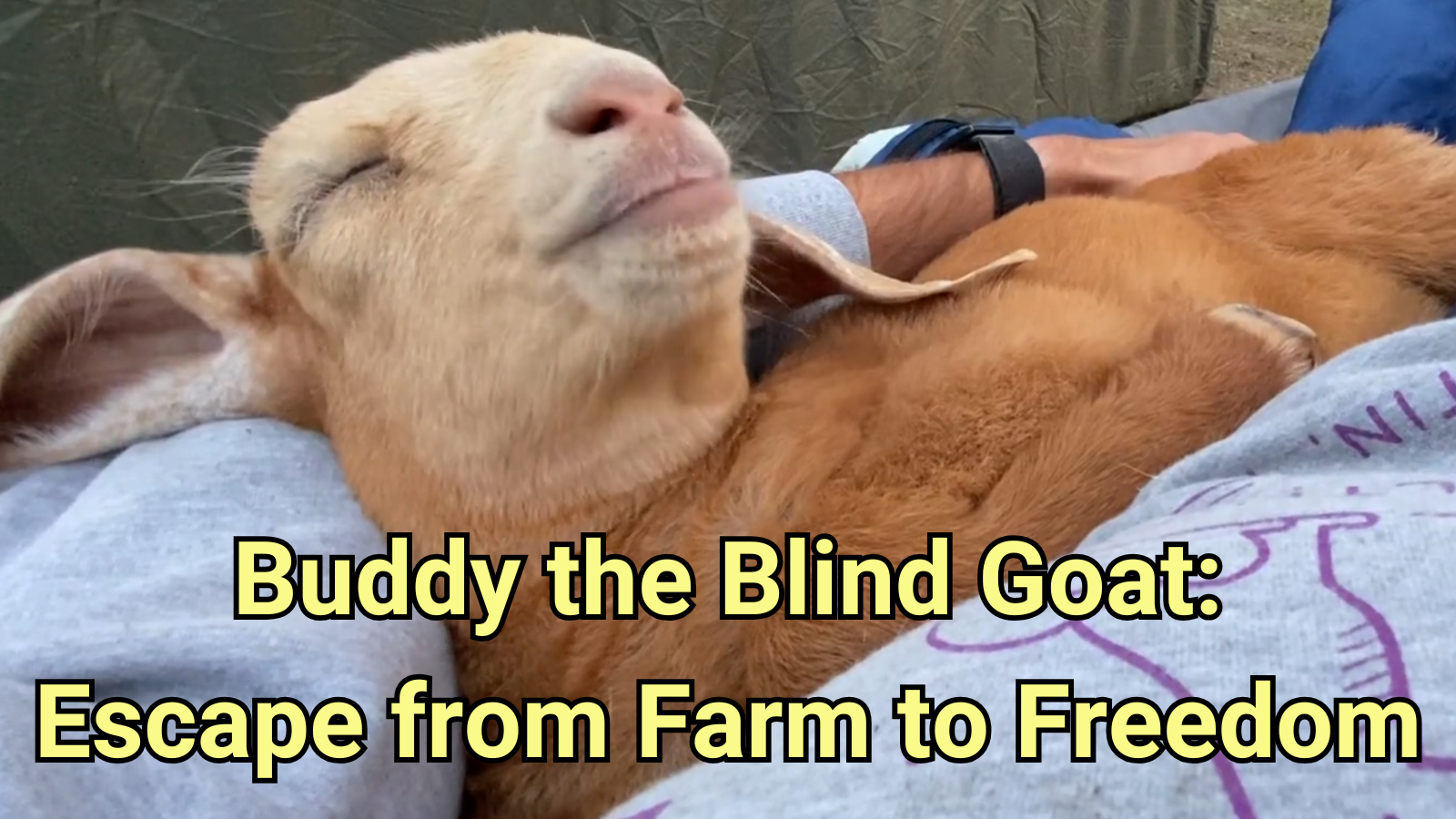
YouTube Channel – Dr. Ken’s Vegan Rise
I launched my YouTube channel, Dr. Ken’s Vegan Rise, in 2024 with three key intentions. First, I wanted to apply my education to animal advocacy and participate directly in the movement to end animal exploitation. Second, I believed the most compelling way to contribute was by telling the stories of rescued sanctuary animals and the people who care for them. Third, I aimed to test and refine storytelling and messaging strategies to discover what resonates with the broadest possible audience.
The channel explores real-life rescue stories, sanctuary visits, activist interviews, and travel diaries—all designed to foster connection, reduce defensiveness, and promote ethical reflection. Each video serves as a public application of media psychology and narrative persuasion in service of social change.
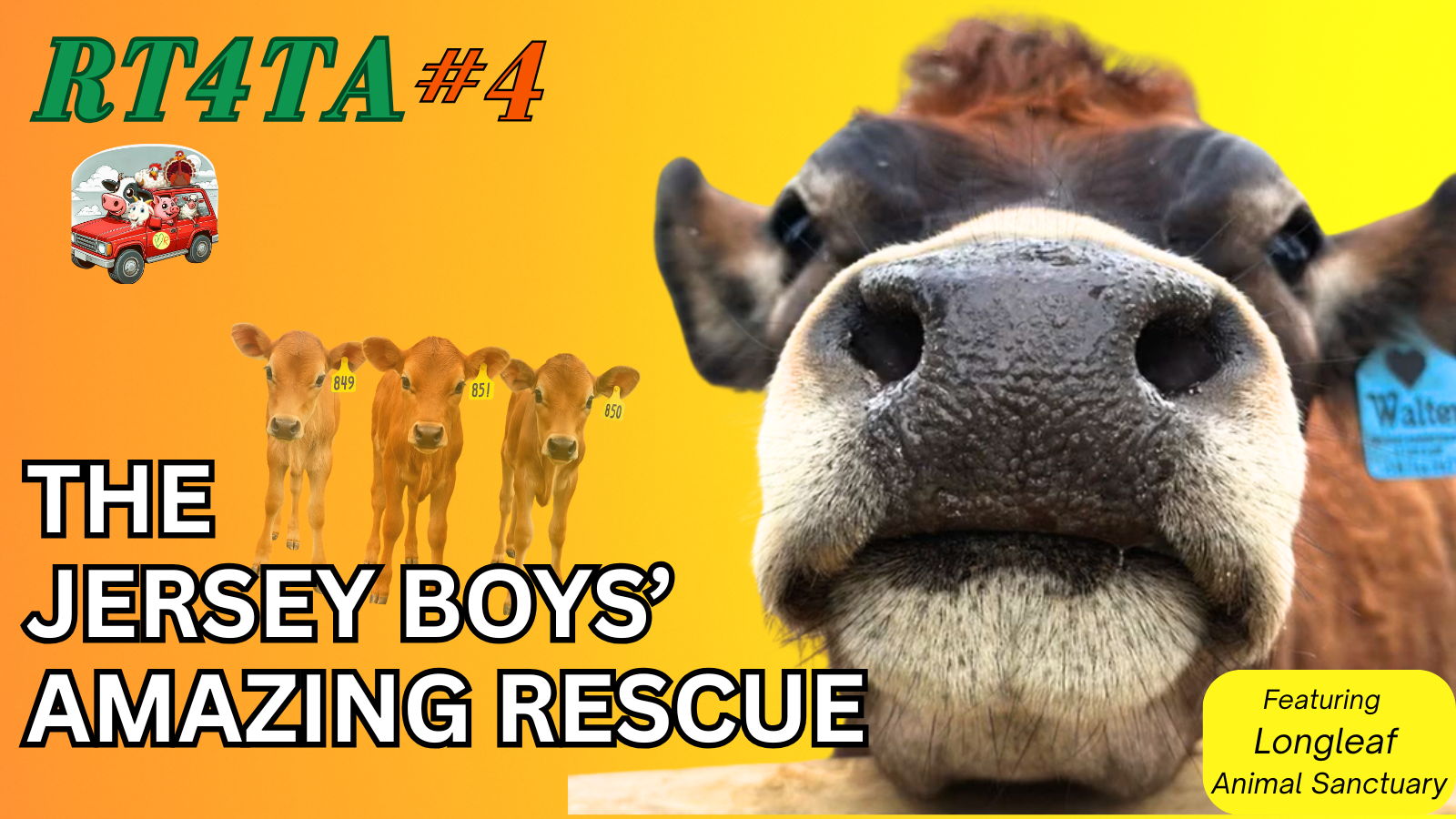
Road Trip for the Animals (RT4TA)
RT4TA is a documentary-style video project capturing the stories of farmed animals, rescuers, and activists. In June 2024, I embarked on a two-week, 3,000+ mile (5,000 km) road trip across 11 U.S. states.
I visited five sanctuaries to document the human and animal stories that define one of the front lines of the animal rights movement. RT4TA has served as the foundation for my YouTube channel as well as a testing ground for my Empowered Storytelling framework, which underpins the development of VR1’s broader training platform.
Before launching my YouTube channel and Road Trip for the Animals, I spent years exploring how storytelling could be used to challenge dominant narratives and promote social justice. What follows is a chronological look at how my work with media and messaging has grown over time—beginning with early academic experiments and leading to the animal advocacy focus I pursue today.
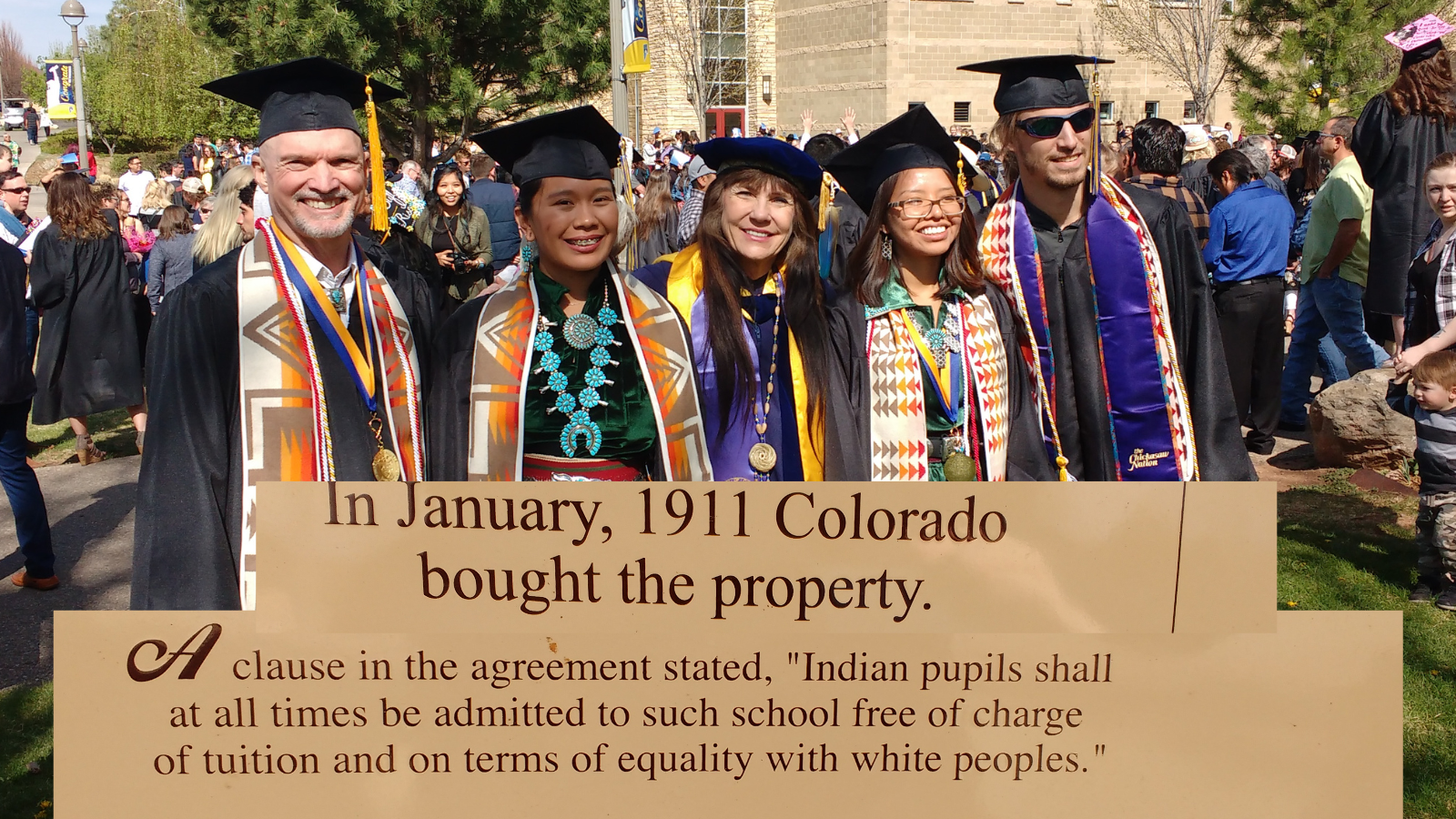
Undergraduate Project: Policy Change for Native Graduation Regalia
Nearing the end of my undergraduate studies at Fort Lewis College in Durango, Colorado, USA—where almost 40% of the student population is Native American—I stepped into an opportunity to make a difference. At the time, school policy required all students to wear traditional academic regalia for graduation, allowing tribal regalia only if it did not cover the cap and gown. I had done independent study on digital storytelling but had not yet tested its real-world impact for social change.
I reached out to Native student leaders who were interested in having the policy rewritten to respect their traditions and proposed producing a short video to support their effort. With their input and consent, I created a narrative that focused on the school’s history—originally an Indian boarding school—and the promise made to Native American students to be treated as equals. My story highlighted the painful contradiction between that promise and the enforcement of Eurocentric ceremonial standards.
Thanks to the powerful work of Native student leaders—and I hope in some small way with help from my video—the policy was changed. This was my earliest application of visual storytelling to shift institutional narratives and influence policy.
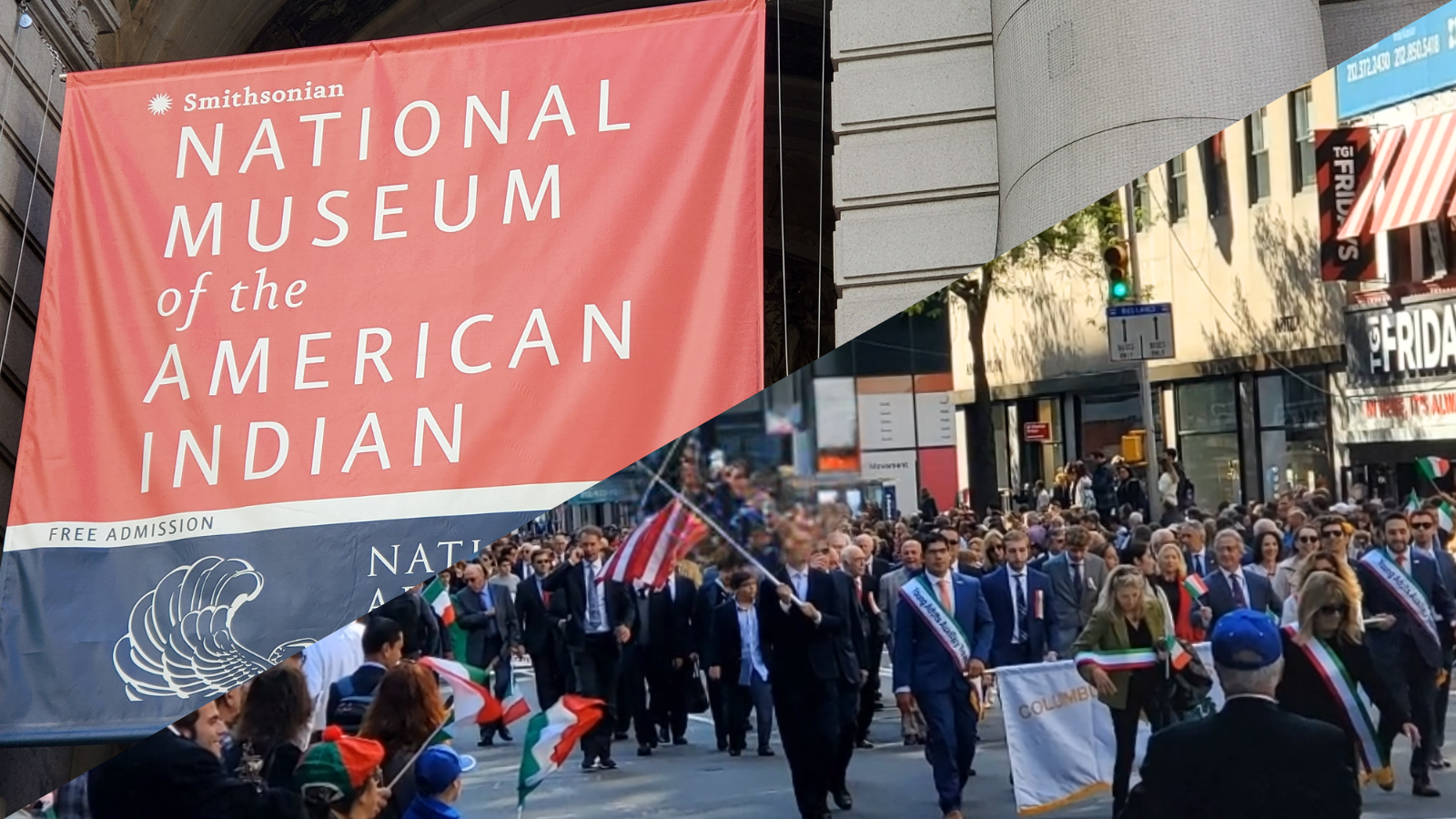
Columbus Day & the Native Taíno of the Caribbean
In grad school, my Media Practicum project became my second major digital storytelling effort directed towards social change. During my undergraduate studies (BA in Native American & Indigenous Studies, minor in Psychology, 2018), I had researched extensively the myth of Christopher Columbus and the devastating impact of violent colonization on the Native Taíno of the Caribbean and eventually Indigenous populations across the Americas.
My practicum was a perfect opportunity to bring those studies to life. I traveled to New York City, where—on the same day—I filmed both the annual Columbus Day Parade and a Taíno presentation at the Smithsonian National Museum of the American Indian. To film at the museum, I obtained prior approval from the Smithsonian and coordinated in advance with the Taíno-descendant presenter. This footage and the surrounding personal stories became the basis for a narrative-driven video project and multiple research papers, including, later, my doctoral dissertation.
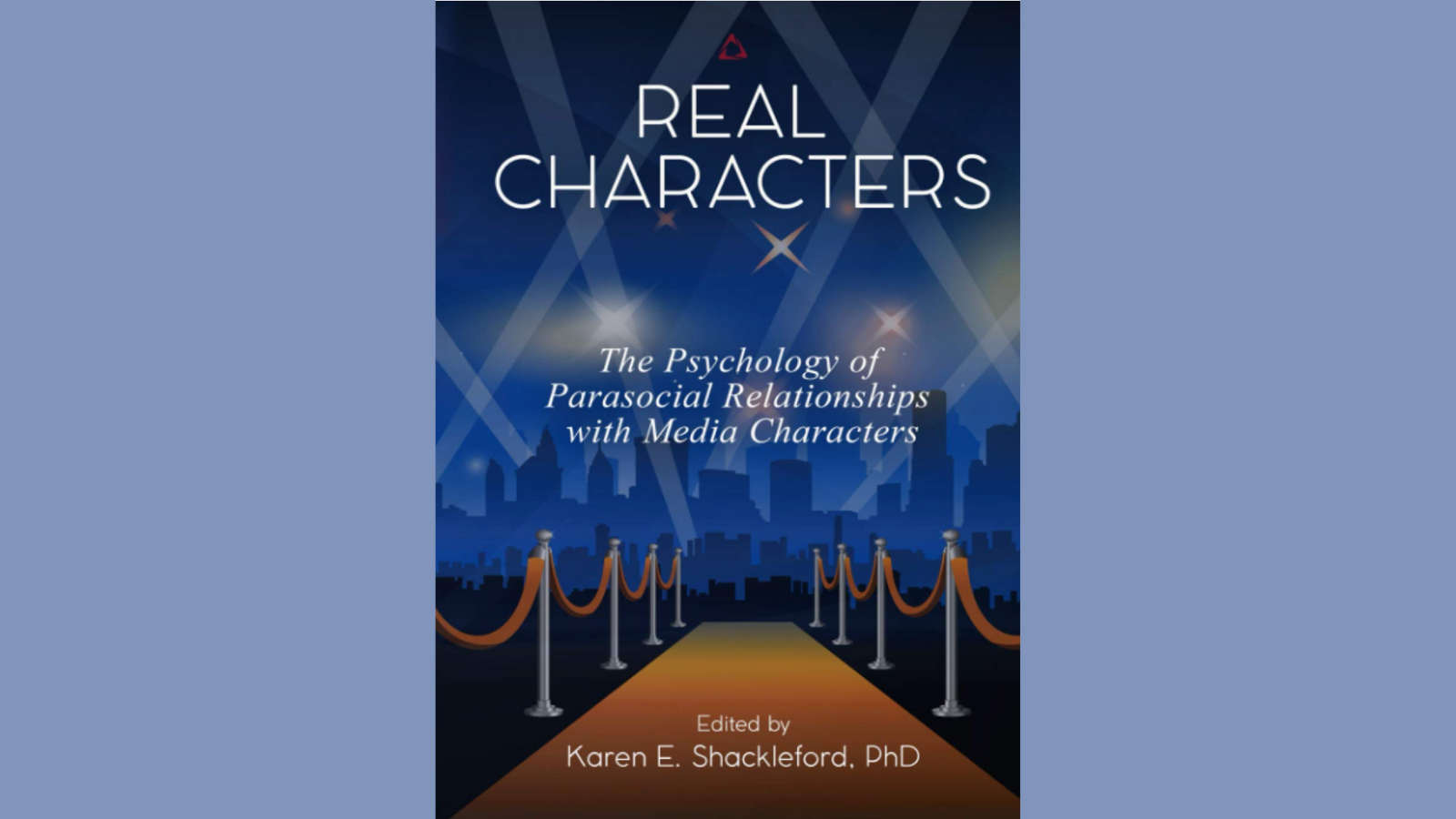
Real Characters – Associate Editor and Contributing Author
I was selected as the lead student associate editor for Real Characters: The Psychology of Parasocial Relationships with Media Characters, an edited volume published by Fielding Graduate University Press. The book brings together research from top media psychologists and communication theorists around the world to explore how fictional characters profoundly influence real lives.
In my editorial role, I helped recruit contributing authors, drafted formal invitations, communicated submission guidelines, reviewed chapter drafts, and coordinated edits with the faculty editor. It was a rare opportunity to work closely with leading scholars and gain hands-on experience in academic publishing.
I was also one of just a few students selected to contribute a chapter of my own. My piece, Between the Lines: How Fictional Characters Change Real Lives, explores how fictional characters can disrupt and reshape our personal narratives. Drawing from my own story—and the influence of characters like Neo from The Matrix and Marlin from Finding Nemo—I reflect on how parasocial relationships can awaken a sense of possibility and serve as catalysts for profound life changes. This experience helped solidify my belief that storytelling isn’t just entertainment—it’s transformation.
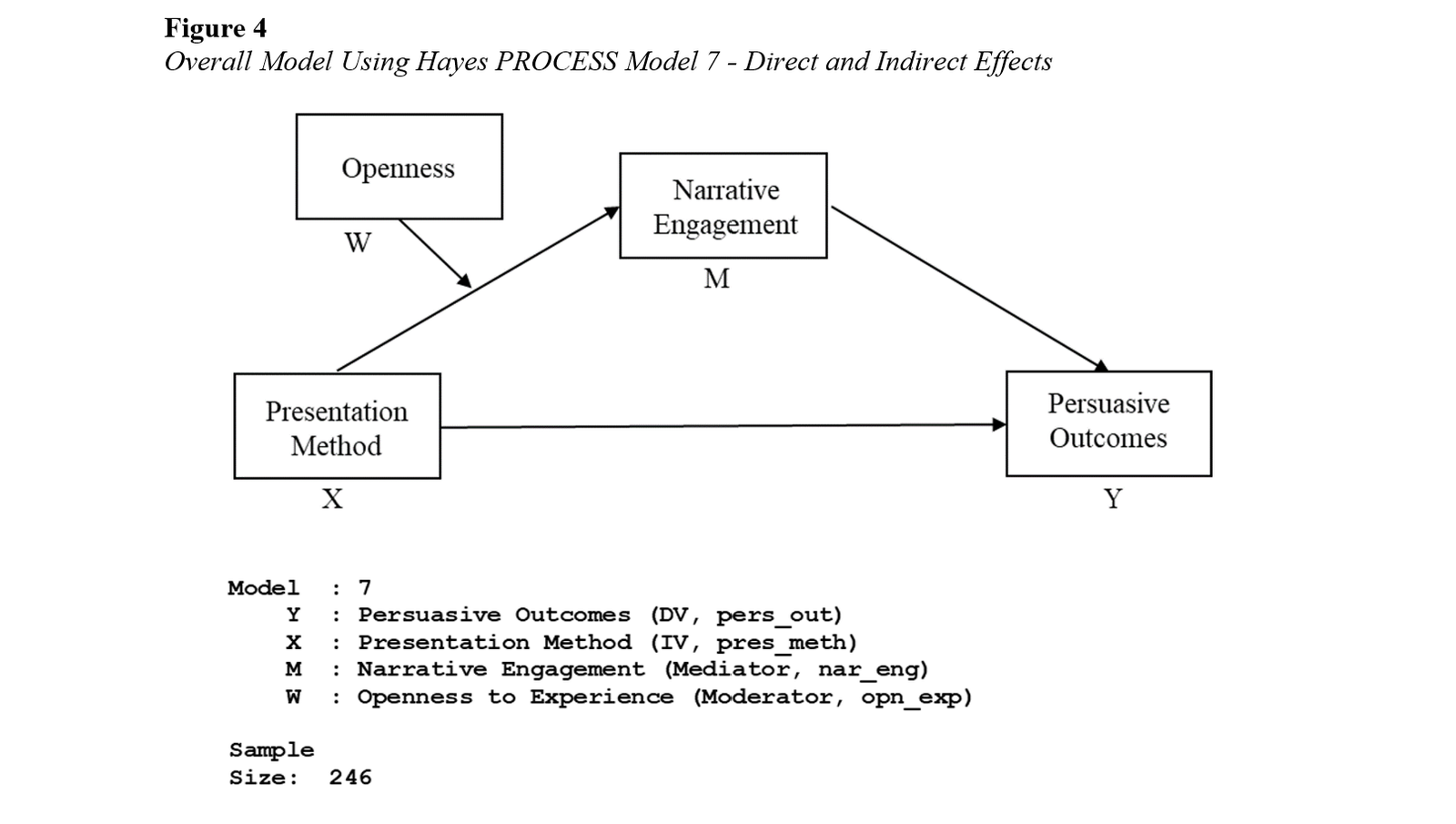
Doctoral Dissertation – Educational Digital Storytelling and Narrative Persuasion
My PhD dissertation applied media psychology to challenge dominant national myths through the lens of educational digital storytelling. Titled Educational Digital Storytelling and Narrative Persuasion: The Christopher Columbus Myth and Challenging National Identity, the project examined how narrative-based digital media could shift beliefs surrounding Columbus and the legacy of colonialism.
Using a video I created during my graduate practicum—combining footage from the Columbus Day Parade in New York and the Smithsonian National Museum of the American Indian—I compared two educational formats: one embedded within a personal, emotionally engaging story, and one delivered in a traditional lecture format.
The study found that narrative storytelling was significantly more persuasive than lecture-based delivery, but only when the viewer experienced narrative engagement. Openness to experience—measured as a continuous personality trait—moderated this effect, influencing how strongly narrative engagement translated into persuasive outcomes. This finding suggests that the effectiveness of educational storytelling depends not only on the structure of the message but on the psychological posture of the audience. Importantly, it also implies that storytelling itself can help draw out a person’s higher levels of openness, making them more receptive to ethical reflection and learning.
This work contributes to the psychological foundation of VR1 and my broader mission to design messaging that is not only factually accurate, but emotionally resonant and psychologically effective.
